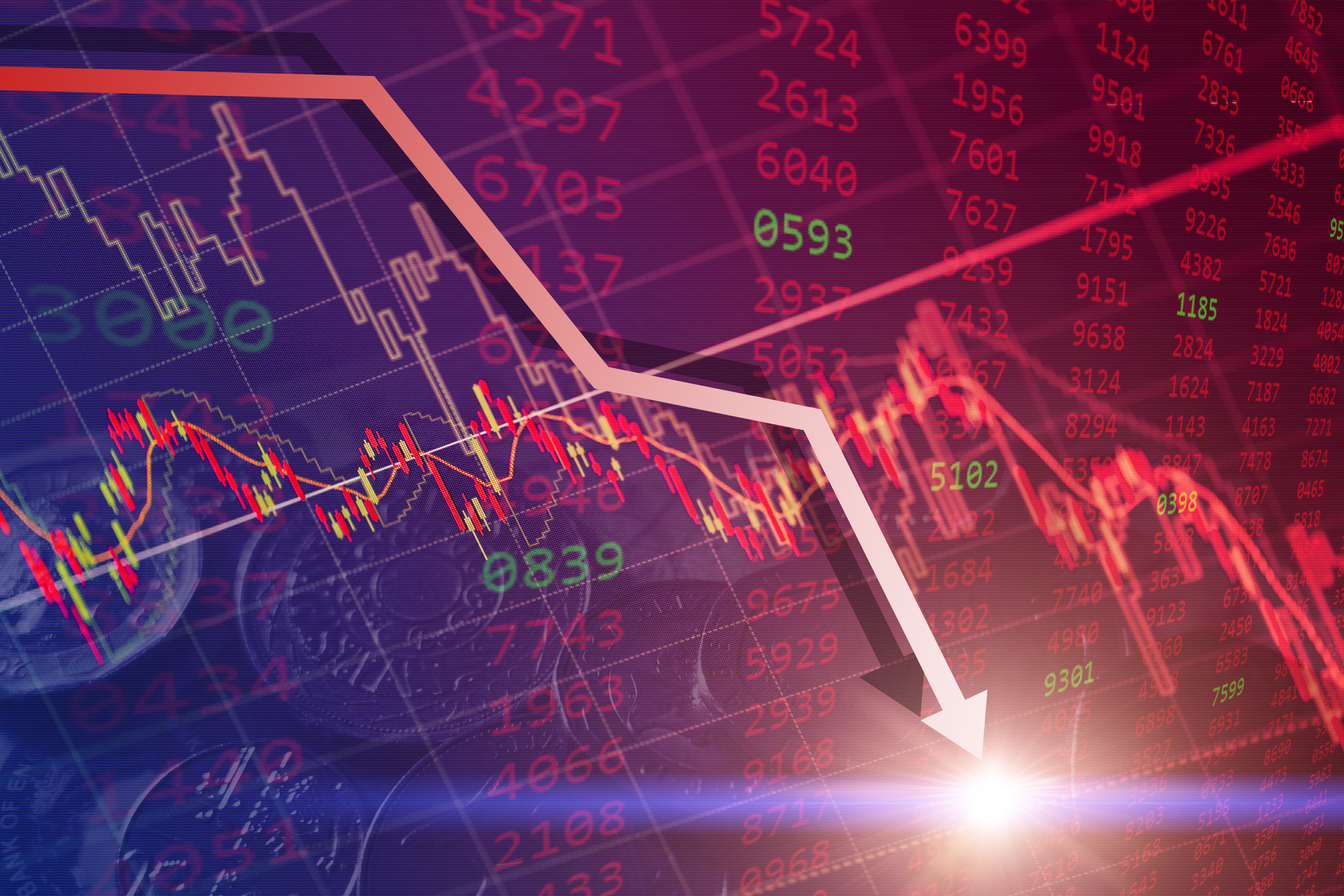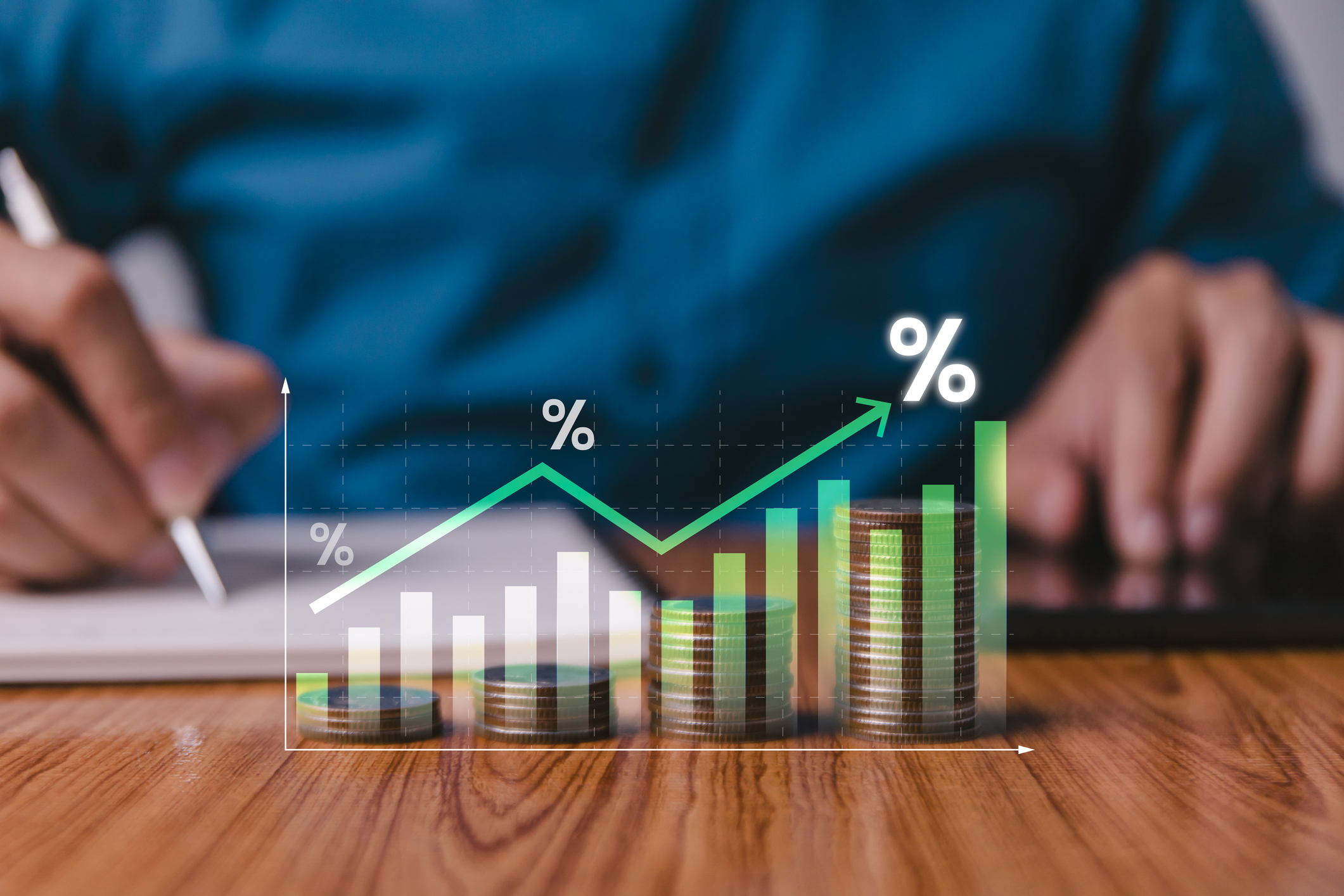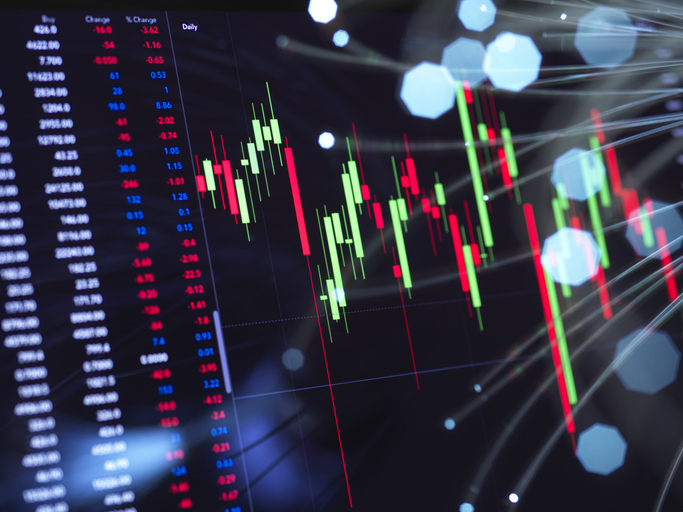Why I Trust These Trillion-Dollar Stocks
The top-heavy nature of the S&P 500 should make any investor nervous, but there's still plenty to like in these trillion-dollar stocks.


Who would have believed at the turn of the 21st century that there would be such a thing as a trillion-dollar stock? (Or that the Dow would reach 36,000, for that matter?)
At the end of 2000, the most valuable company was Exxon Mobil (XOM), with a market capitalization — price times shares outstanding — of roughly $302 billion. That's one-fifteenth the value of Nvidia (NVDA) today. Just counting to a trillion incredibly fast, with no bathroom breaks, would take 32,000 years, according to the Q&A platform Quora.com.
In August 2017, however, I wrote, "It may be a matter of months, or more likely a few years, but sometime soon a U.S. company will breach the trillion-dollar mark." I was more right than I expected.
From just $107.88 $24.99 for Kiplinger Personal Finance
Become a smarter, better informed investor. Subscribe from just $107.88 $24.99, plus get up to 4 Special Issues

Sign up for Kiplinger’s Free Newsletters
Profit and prosper with the best of expert advice on investing, taxes, retirement, personal finance and more - straight to your e-mail.
Profit and prosper with the best of expert advice - straight to your e-mail.
At the time, I offered estimates of when each would hit a trillion in market cap. Apple (AAPL) was first, as I predicted, but it took just 11 months, a year and a half ahead of schedule. The other four quickly followed: Amazon.com (AMZN) in September 2018; Microsoft (MSFT) in 2019; Alphabet (GOOGL), the former Google, in 2020; and Meta Platforms (META), the former Facebook, in 2021.
At that point, I wrote another column, saying, "I'm doubling down and recommending them all." Sure enough, as a group, they have nearly doubled. (Prices, returns and other data are as of September 30; stocks I like are in bold.)
Today, with the additions of Nvidia, Tesla (TSLA), Broadcom (AVGO) and Berkshire Hathaway (BRK.B), membership in the Trillion-Dollar Club (let's call it TDC) has grown to nine. The combined market cap of these stocks accounts for 41% of the capitalization of all the companies of the S&P 500 Index. A mere 10 years ago, the nine largest U.S. stocks had a total market cap of 18% of the S&P 500.
Today, eight of the nine members of the TDC are technology (or tech-related) stocks, and for the ninth, Berkshire, Apple alone represents one-fifth of assets. By contrast, in 2015, the top nine consisted of just five tech stocks, plus companies in banking, pharmaceuticals and energy, along with Berkshire. In 2005, only two tech companies graced a highly diversified top nine.
Concentrated bets
The top-heavy nature of the S&P 500 today should make any investor worried. The market is betting heavily, not simply on tech but on artificial intelligence. But you will notice from the bold-facing that I still like trillion-dollar stocks — at least the initial cohort.
Why? Let's start with Alphabet. Since 2017, revenues have quadrupled and earnings have quintupled, yet the stock's price-to-earnings (P/E) ratio, based on a consensus of analysts' forecasts of profits for the year ahead, has declined from 30 to 25. Analysts at investment research firm Value Line expect earnings will rise an average of 12% annually for the next five years, indicating a perfectly reasonable valuation.
Alphabet owns the global entertainment asset with the greatest potential, YouTube, with nearly 3 billion active users. The company is also sitting on more than $95 billion in cash and has very little debt; it has even started paying a small dividend.
Amazon's P/E has dropped from nearly 200 to 32. It dominates the e-commerce market, accounting for 38% of sales, compared with 6% for number two Walmart (WMT).
Apple's valuation has risen to 33, but it was absurdly low (16) in 2017. The company is a profit machine; it earns about 25 cents on every dollar of sales, and those dollars will exceed 400 billion this year. Microsoft has tripled its earnings since 2017. It has a powerful cloud-computing business and has integrated AI into all its platforms.
Meta gets the least respect. Its forward P/E has fallen from 29 in 2017 to 25, despite net profits rising from $18 billion to close to an estimated $72 billion in 2025. The company, which owns WhatsApp and Instagram, recently won its antitrust case, leaving the ownership of its assets intact.
I am less enamored of the TDC newbies. Nvidia was once a lovely choice. In making it one of my 10 stock picks for 2020, I wrote that it "may be the best artificial intelligence play." Since then, its market cap has risen from $122 billion to $4.5 trillion.
Ponder that number. It’s more than the capitalization of all the listed stocks in the U.K. It is greater than the GDP of Japan. Nvidia, with its graphic processing units, has little competition for top-level AI chips used in data centers, but that is going to change. There is too much money to be made.
Broadcom, a semiconductor company with a niche in AI chips called application-specific integrated circuits, which have specialized functions, is the change agent. It became the newest member of the TDC in December 2024 after its stock price increased by a factor of six in four years. Value Line expects earnings to continue rising at a 24.5% annualized clip through 2030.
Broadcom, like Nvidia, does not own manufacturing plants, or "fabs." That allows the company to retain its capital, but it also leaves it vulnerable to supply interruptions. My other worries about the future of the chip business are government intervention, geopolitical threats and a lack of electricity to power data centers in the U.S.; still, it’s hard not to like Broadcom.
Tesla, which reached $1 trillion in market cap in October 2021, then fell out of the club a few times and came back in, looks more attractive now that its CEO is getting back to work. I am especially excited about its battery storage business.
But Tesla is clearly a meme stock, driven by the enthusiasm of fans. Its revenues have been flat for three years, profits are microscopic by TDC standards, and capital spending requirements are huge.
The outlier, Berkshire, has a P/E in the mid-20s and a brilliant CEO in his nineties. I'm loyal to Warren Buffett and confident in his successors. Berkshire has a hoard of liquid assets, and insurance is the best business in America outside of tech.
When I wrote about trillion-dollar stocks in 2021, I warned about "a sort of law of financial gravity." It's not hard to imagine a stock with a market cap of $100 billion becoming a four-bagger (that is, quadrupling in value) or even a 40-bagger, as Nvidia has proven.
But could Nvidia quadruple from its current value? Could Microsoft or Apple, at $3.8 trillion each? It seems doubtful. Still, doubles or triples are satisfying.
The legacy TDC companies have shown a remarkable ability to innovate and adapt. Operating-system software, for example, used to dominate Microsoft's revenues. Now, it represents only about one-tenth of sales. Server and cloud services account for 40% today, with gaming and LinkedIn making significant contributions.
These are truly exceptional businesses with extensive moats and deep human capital. As crazy as it sounds, they deserve to be trillion-dollar companies — and to keep growing.
James K. Glassman chairs Glassman Advisory, a public-affairs consulting firm. He does not write about his clients. His most recent book is Safety Net: The Strategy for De-Risking Your Investments in a Time of Turbulence. Of the stocks mentioned here, he owns Amazon.com. You can reach him at JKGlassman@gmail.com.
Note: This item first appeared in Kiplinger Personal Finance Magazine, a monthly, trustworthy source of advice and guidance. Subscribe to help you make more money and keep more of the money you make here.
Related Content
- Stock Picks That Billionaires Love
- 5 Top Tech Disruptors to Watch
- Core Stocks Every Investor Should Own In 2026 and Beyond
Profit and prosper with the best of Kiplinger's advice on investing, taxes, retirement, personal finance and much more. Delivered daily. Enter your email in the box and click Sign Me Up.

-
 I'm 73 and dread winter, but I can't afford to be a snowbird.
I'm 73 and dread winter, but I can't afford to be a snowbird.How can a snowbird wannabe warm up without the expense? We asked professional wealth planners for advice.
-
 5 Smart Things to Do With Your Year-End Bonus
5 Smart Things to Do With Your Year-End BonusAfter you indulge your urge to splurge on a treat, consider doing adult things with the extra cash, like paying down debt, but also setting up a "fun fund."
-
 Gen X Investors: Protect Your Portfolio From an AI Bubble
Gen X Investors: Protect Your Portfolio From an AI BubbleAmid talk of an AI bubble, what's the best course of action for investors in their 50s and 60s, whose retirement savings are at risk from major market declines?
-
 5 Smart Things to Do With Your Year-End Bonus, From a Financial Professional
5 Smart Things to Do With Your Year-End Bonus, From a Financial ProfessionalAfter you indulge your urge to splurge on a treat, consider doing adult things with the extra cash, like paying down debt, but also setting up a "fun fund."
-
 Are You a Gen X Investor? Here's How You Can Protect Your Portfolio From an AI Bubble
Are You a Gen X Investor? Here's How You Can Protect Your Portfolio From an AI BubbleAmid talk of an AI bubble, what's the best course of action for investors in their 50s and 60s, whose retirement savings are at risk from major market declines?
-
 Hey, Retirees: Put Your Charitable Gifts in a Donor-Advised Fund (and Enjoy Your Tax Break)
Hey, Retirees: Put Your Charitable Gifts in a Donor-Advised Fund (and Enjoy Your Tax Break)A donor-advised fund is a simple (really!), tax-smart strategy that lets you contribute a large, tax-deductible gift now and then distribute grants over time.
-
 Nasdaq Sinks 418 Points as Tech Chills: Stock Market Today
Nasdaq Sinks 418 Points as Tech Chills: Stock Market TodayInvestors, traders and speculators are growing cooler to the AI revolution as winter approaches.
-
 The Rule of Compounding: Why Time Is an Investor's Best Friend
The Rule of Compounding: Why Time Is an Investor's Best FriendDescribed as both a "miracle" and a "wonder," compound interest is simply a function of time.
-
 If You're a U.S. Retiree Living in Portugal, Your Tax Plan Needs a Post-NHR Strategy ASAP
If You're a U.S. Retiree Living in Portugal, Your Tax Plan Needs a Post-NHR Strategy ASAPWhen your 10-year Non-Habitual Resident tax break ends, you could see your tax rate soar. Take steps to plan for this change well before the NHR window closes.
-
 Stocks Chop as the Unemployment Rate Jumps: Stock Market Today
Stocks Chop as the Unemployment Rate Jumps: Stock Market TodayNovember job growth was stronger than expected, but sharp losses in October and a rising unemployment rate are worrying market participants.
-
 The Delayed November Jobs Report Is Out. Here's What It Means for the Fed and Rate Cuts
The Delayed November Jobs Report Is Out. Here's What It Means for the Fed and Rate CutsThe November jobs report came in higher than expected, although it still shows plenty of signs of weakness in the labor market.